A Guide to the Extrapyramidal Side Effects of Antipsychotic Drugs 2nd Edition
| Publisher |
Cambridge University Press |
|---|---|
| Language |
English |
| Edition |
2nd |
| ISBN 13 |
9781107022867 |
- Best Price Guaranteed
- Best Version Available
- Free Pre‑Purchase Consultation
- Immediate Access After Purchase
$23.00
A Guide to the Extrapyramidal Side Effects of Antipsychotic Drugs 2nd Edition
Antipsychotic-induced extrapyramidal side-effects are commonly believed to be irrelevant in modern psychiatric therapeutics, as they are thought to be outdated due to the availability of newer and more effective treatments. This misconception stems from a lack of understanding regarding the extensive impact antipsychotics can have on neurological functions.
The discussion within this volume delves into the wide-ranging clinical manifestations of acute dystonias, drug-induced parkinsonism, akathisia, and tardive dyskinesia, offering insights into the demographic and epidemiological factors at play while demonstrating how prescribing decisions can significantly influence their development.
The latest edition of this work has undergone comprehensive revisions and updates to incorporate recent data, expanded reference materials, and an additional chapter dedicated to exploring the concept of ‘atypical’ antipsychotics.
Presented in an engaging and accessible manner, with abundant clinical examples to aid understanding, this book also encourages readers to contemplate ongoing debates within the field, such as subjective drug effects, the correlation between ‘akathisia’ and restless legs, the validity of the ‘atypicality’ concept, among other contentious topics.
This resource is not only valuable for trainees looking to enhance their knowledge but also for seasoned practitioners in diverse areas including psychiatry, neurology, primary care, and geriatrics.

A Guide to the Extrapyramidal Side Effects of Antipsychotic Drugs 2nd Edition
Key Features
The book “A Guide to the Extrapyramidal Side Effects of Antipsychotic Drugs 2nd Edition” encompasses several key features that distinguish it from other literature on the topic. Firstly, it debunks prevalent myths surrounding extrapyramidal side effects induced by antipsychotic drugs, challenging the outdated notion that these effects are no longer pertinent in modern psychiatric therapeutics.
By emphasizing the continued significance of these side effects and their profound impact on patients, the book sheds light on a crucial aspect of clinical practice often overlooked. Secondly, the book offers an extensive examination of various extrapyramidal side effects, including acute dystonias, drug-induced parkinsonism, akathisia, and tardive dyskinesia.
Through detailed discussions on the clinical manifestations, demographic context, and epidemiology of these effects, readers gain a comprehensive understanding of the complexities involved.
Furthermore, the second edition of the book has undergone substantial revisions and updates to incorporate the latest data, expanded references, and a new chapter on ‘atypical’ antipsychotics.
This meticulous attention to detail ensures that readers are equipped with the most up-to-date insights and research findings in the field, enhancing the book’s relevance and reliability. In terms of style, “A Guide to the Extrapyramidal Side Effects of Antipsychotic Drugs” stands out for its engaging and accessible writing, which simplifies intricate topics for readers.
The inclusion of clinical examples throughout the text serves to elucidate key concepts and facilitate a deeper understanding of the subject matter.
Moreover, the book delves into controversial issues within the field, encouraging readers to explore ongoing debates such as subjective drug effects, the correlation between ‘akathisia’ and restless legs, and the validity of the concept of ‘atypicality.’ By fostering critical thinking and discussion on these contentious topics, the book stimulates intellectual curiosity and promotes a nuanced understanding of the subject.
Lastly, the inclusive nature of the book ensures that it caters to a diverse audience, including trainees and established practitioners in psychiatry, neurology, primary care, and geriatrics.
This broad readership scope underscores the book’s versatility and relevance across various healthcare disciplines, making it an indispensable resource in the field.

A Guide to the Extrapyramidal Side Effects of Antipsychotic Drugs 2nd Edition
Summary
G. Cunningham Owens’ publication, “A Guide to the Extrapyramidal Side Effects of Antipsychotic Drugs,” delivers a thorough and perceptive analysis of the frequently overlooked and misunderstood extrapyramidal side effects triggered by antipsychotic medications.
Owens effectively debunks the misconception that these side effects have lost their significance in contemporary psychiatric practice by providing an in-depth exploration of conditions such as acute dystonias, drug-induced parkinsonism, akathisia, and tardive dyskinesia.
Through the utilization of demographic and epidemiological context, coupled with clinical illustrations, this book underscores the substantial influence that prescribing decisions hold in the manifestation of these side effects.
By incorporating updates, expanding references, and introducing a fresh chapter on ‘atypical’ antipsychotics in A Guide to the Extrapyramidal Side Effects of Antipsychotic Drugs, this publication remains an indispensable asset for healthcare professionals and trainees in fields such as psychiatry, neurology, primary care, and geriatrics.
It facilitates a more profound comprehension of the intricacies associated with antipsychotic drug-induced side-effects and their clinical importance.

A Guide to the Extrapyramidal Side Effects of Antipsychotic Drugs 2nd Edition
This website offers ( A Guide to the Extrapyramidal Side Effects of Antipsychotic Drugs 2nd Edition ) with just a few clicks.
The website strives to provide you with simple access to the medical field as well as readily available information that you can download.
You can download all of the books at a reasonable price and get the most recent scientific data in the world of medicine anytime you want at ebookmedhub.com.
Other Products :
Natural Products and their Bioactives in Antidiabetic Drug Discovery (Original PDF from Publisher)
This site uses Akismet to reduce spam. Learn how your comment data is processed.



















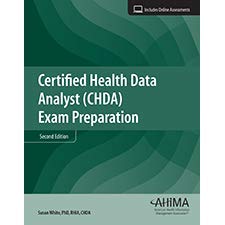


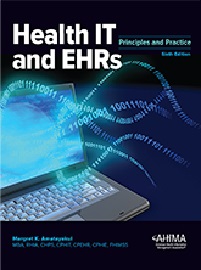







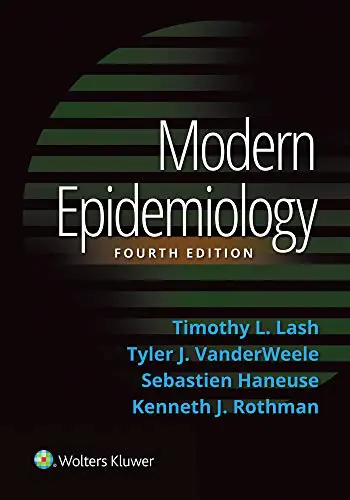





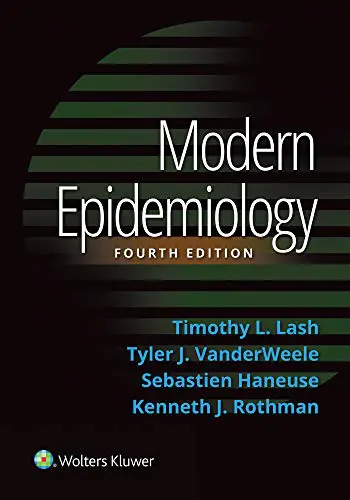






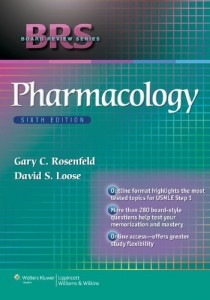


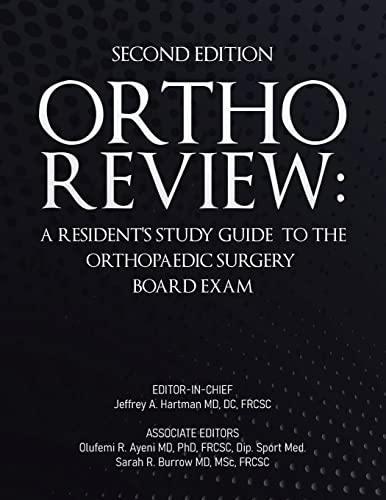










Reviews
There are no reviews yet.